The Region’s Demography and Its Implications by 2045 (Atlantic Council, 2021)
By Richard Cincotta and Stephen Smith
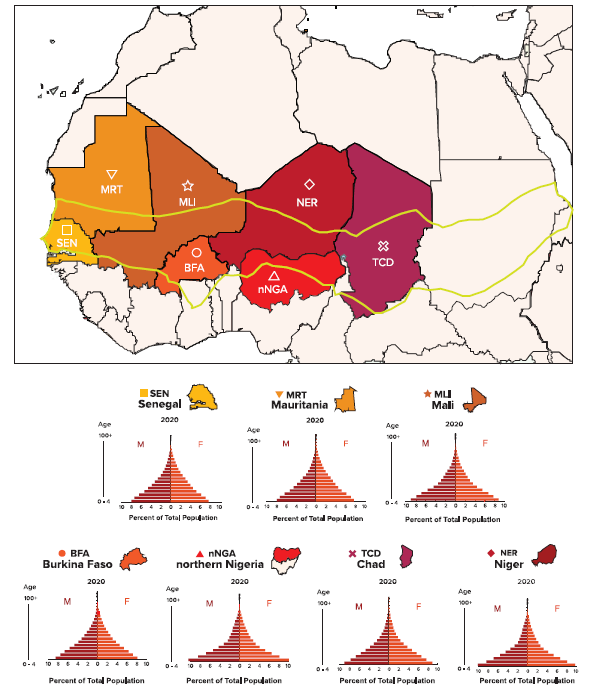

The Western Sahel—a region stretching from Senegal and Mauritania to Mali, Burkina Faso, Niger, and Chad, and including the twelve sharia law states of northern Nigeria—is in a demographic impasse. Rather than yielding an economic dividend, the conditions spawned by the region’s persistently youthful, rapidly growing, high-fertility populations overwhelm the capabilities of state-run services, generate extensive urban slum conditions, slow if not stall economic and social progress, and aggravate ethnic tensions. Decades of exposure to these mutually reinforcing conditions have undermined the legitimacy of central governments and rendered the region’s states vulnerable to the spread of Islamic populism and regime instability. For more …..
To view the report online: go here.
To view the Executive Summary, go to the Atlantic Council website
To download the report in .pdf format: download here


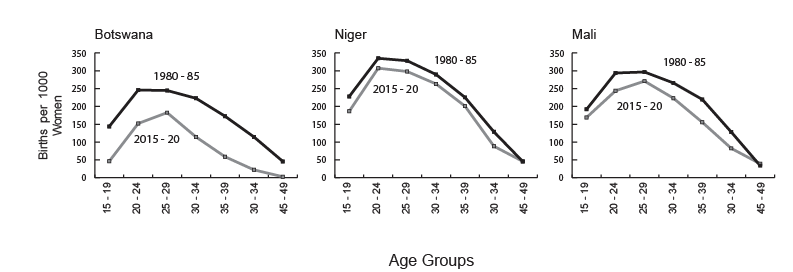
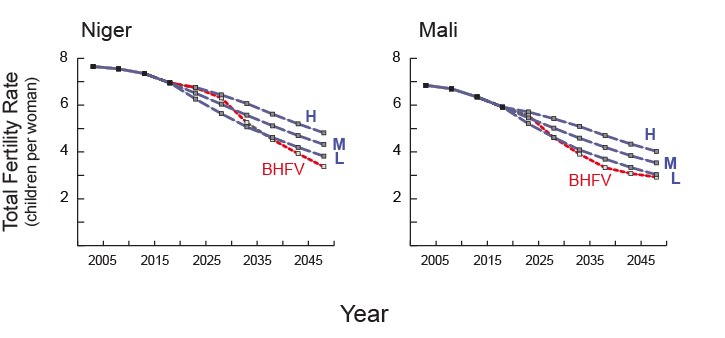
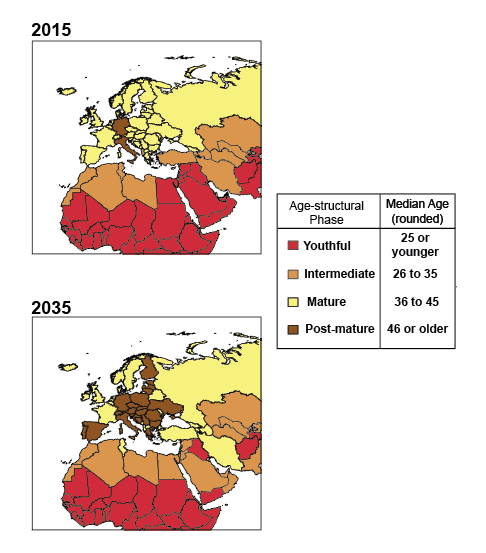
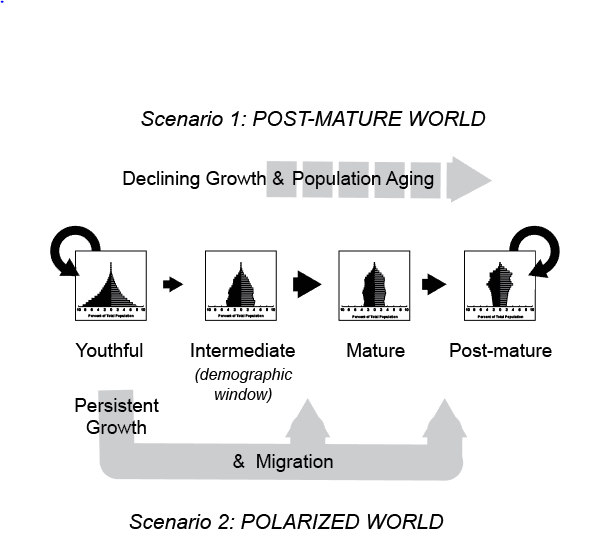
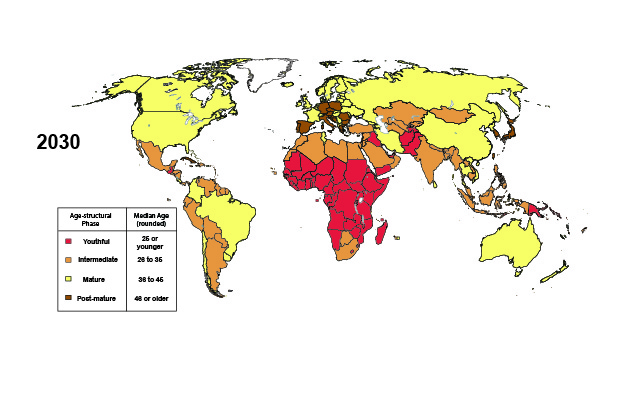 Over the past 25 years, economic and political demographers have focused on documenting the improvements in state capacity and political stability that have been realized in the wake of fertility declines in much of East Asia, Latin America, and most recently in the Maghreb of North Africa (Tunisia, Morocco, Algeria). Nonetheless, foreign affairs, defense and intelligence analysts still seem confused over when and where this demographic dividend should occur—and whether the youthful, low-income states of Sub-Saharan Africa are due to experience the dividend’s economically favorable age structures anytime soon. Because two very different development narratives vie for these analysts’ attention, their confusion is not that surprising.
Over the past 25 years, economic and political demographers have focused on documenting the improvements in state capacity and political stability that have been realized in the wake of fertility declines in much of East Asia, Latin America, and most recently in the Maghreb of North Africa (Tunisia, Morocco, Algeria). Nonetheless, foreign affairs, defense and intelligence analysts still seem confused over when and where this demographic dividend should occur—and whether the youthful, low-income states of Sub-Saharan Africa are due to experience the dividend’s economically favorable age structures anytime soon. Because two very different development narratives vie for these analysts’ attention, their confusion is not that surprising. Early advances in age-structural political demography were pioneered within the (U.S.) National Intelligence Council’s Long-range Analysis Unit (now called “Strategic Futures”). That work has continued through collaborations between the NIC and political demographers. Some of the NIC’s political demography products are featured in three of hte NIC’s quadrennial strategic foresight series, entitled Global Trends.
Early advances in age-structural political demography were pioneered within the (U.S.) National Intelligence Council’s Long-range Analysis Unit (now called “Strategic Futures”). That work has continued through collaborations between the NIC and political demographers. Some of the NIC’s political demography products are featured in three of hte NIC’s quadrennial strategic foresight series, entitled Global Trends.